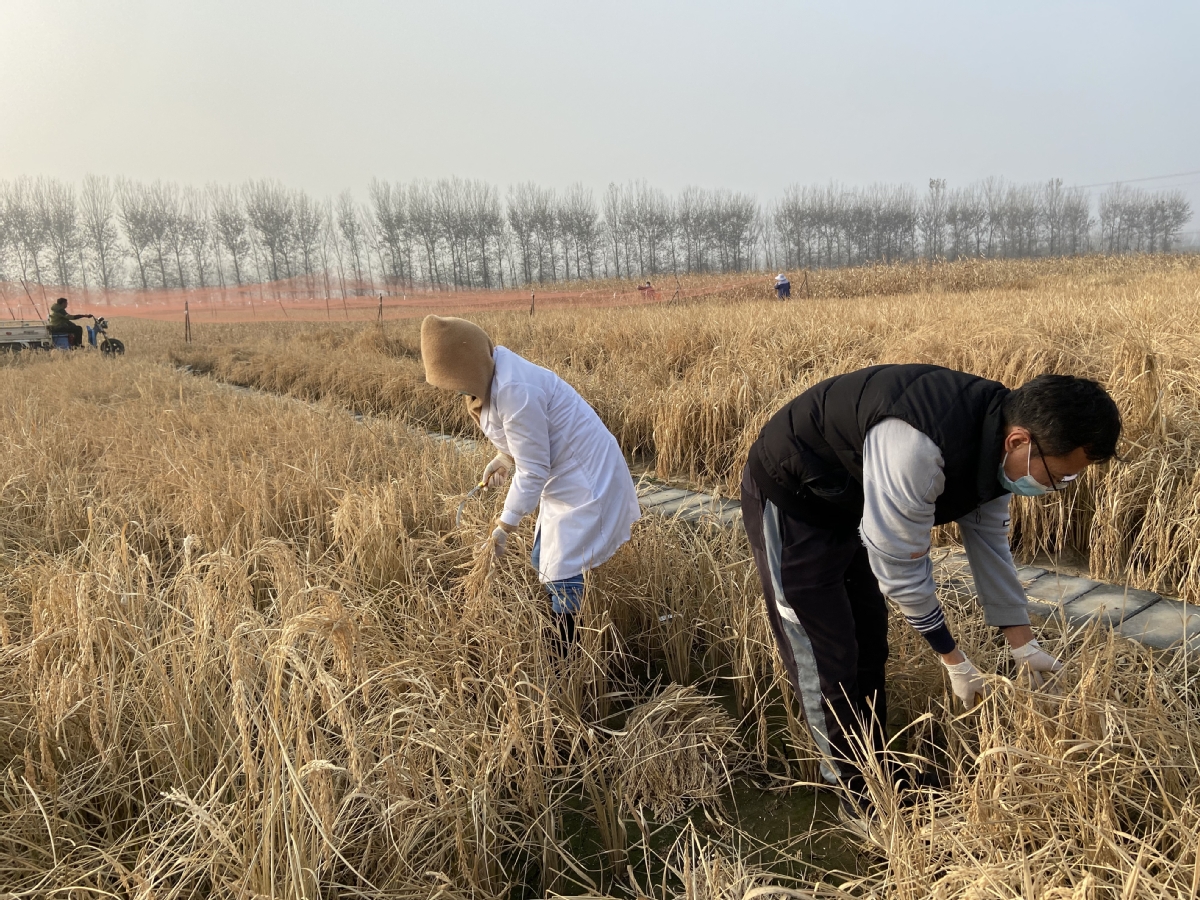Chinese scientists identify gene that can boost grain yield by 30 percent
By ZHAO YIMENG | chinadaily.com.cn | Updated: 2022-07-22 16:44

Chinese scientists have identified a gene that is expected to boost grain yield by at least 30 percent and shorten the time taken for rice to grow, says a paper published in the Science Magazine online on Friday.
The high-yielding gene, called OsDREB1C, can simultaneously improve the photosynthetic capacity and nitrogen use efficiency while triggering early flowering of rice, according to Zhou Wenbin, leader of the research team at the Chinese Academy of Agricultural Sciences.
Zhou, a researcher at the Institute of Crop Sciences of the CAAS, said field trials with OsDREB1C rice were being conducted since 2018 in Beijing; Sanya in Hainan province; and Hangzhou, capital of Zhejiang province.
The gene led to rice variety Nipponbare's yield increasing by 41.3 percent to 68.3 percent. In the case of Xiushui 134, another variety, yield increased by at least 30.1 percent.
Overexpression of the gene in Nipponbare helped rice ears to develop 13 days early. According to the paper, the gene also helps in increasing yield and shortening flowering time of wheat. It is estimated that the production capacity of rice, wheat, and corn in China will increase by more than 20 percent by 2030 to help feed 1.45 billion people in the country. This is particularly helpful at a time when there is need to increase grain yield to meet the challenges posed by the COVID-19 pandemic and extreme climate change.
Breeding of dwarf varieties of rice in the 1960s and successful hybrid rice breeding, a concept invented by late agronomist Yuan Longping, are the two major breakthroughs in grain production, according to Zhou. The industrialization of hybrid rice increased production by 20 percent to 30 percent. These breakthroughs were achieved following the identification of a key gene, Yuan said.
This time round, a dramatic increase in yield and shorter growth duration is being achieved by genetically modulating the expression of a single transcriptional regulator gene, OsDREB1C, the paper said.
In addition, by enhancing photosynthetic capacity and the efficiency of nitrogen use, the gene offers the promise of more sustainable food production in the future.
Wan Jianmin, an academician at the Chinese Academy of Engineering and former vice-president of CAAS, said the outcome has provided a potentially valuable gene resource for scientists working to improve crop varieties.
"The study brings us hope of high yield with less nitrogen fertilizer application and shortened duration of growth," he said.
























